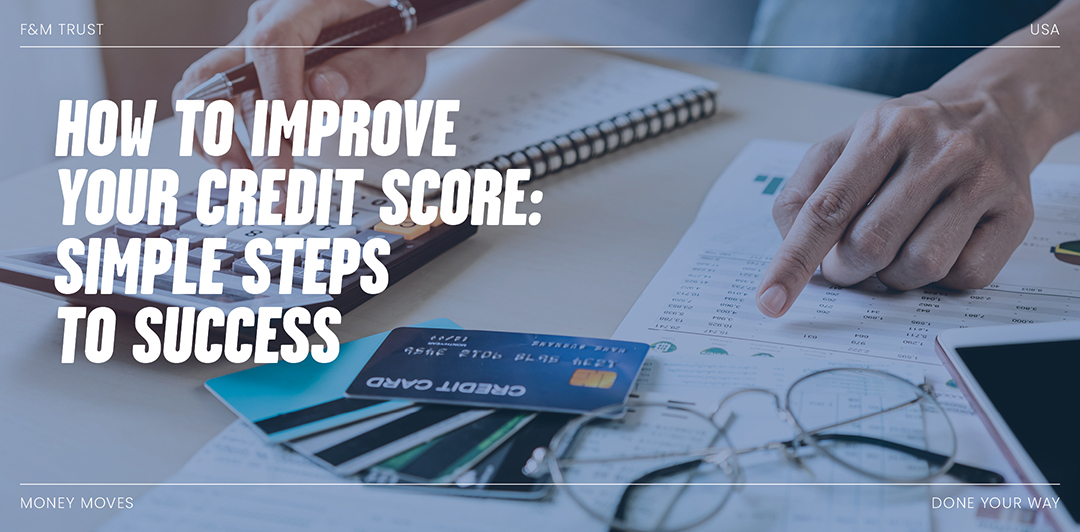


What is PMI and do I need it?
When planning to purchase a home, you might have heard that you likely will have to pay something called PMI. This is private mortgage insurance, and it protects the mortgage lender against any losses if the borrower stops making payments or fails to repay their conventional loan. This insurance does not protect the borrower.
Conventional loans require PMI when financing more than 80 percent of a purchase. A typical monthly premium costs $30 to $70 for every $100,000 borrowed. Factors such as your down payment amount, the size and type of loan, and your credit score all affect your PMI costs. The less of a financial risk you are
determined to be to the lender, the lower your PMI costs are likely to be. In most cases, buyers will have the option to pay a single, upfront premium at closing or a monthly premium that is included in their mortgage payment. 
PMI can be removed when you reach 20 percent equity in your home. You can do this by paying down your loan’s principal with monthly payments or by increasing the value of the property through market increases or home improvements. Keep an eye on home values in your area, and if the difference between your loan balance and property value is 20 percent or more, you can request that your lender remove your PMI. Be sure to verify with your lender of insurance company the specific requirements for the cancellation of PMI.
You also can avoid PMI through VA loans, professional loans, or special mortgage loans offered by certain banks. Call your local lending professional to see what could be right for you.
Dave Kuhns is residential mortgage manager at F&M Trust.
Recent Articles
Join our e-newsletter
Sign up for our e-newsletter to get new content each month.






















